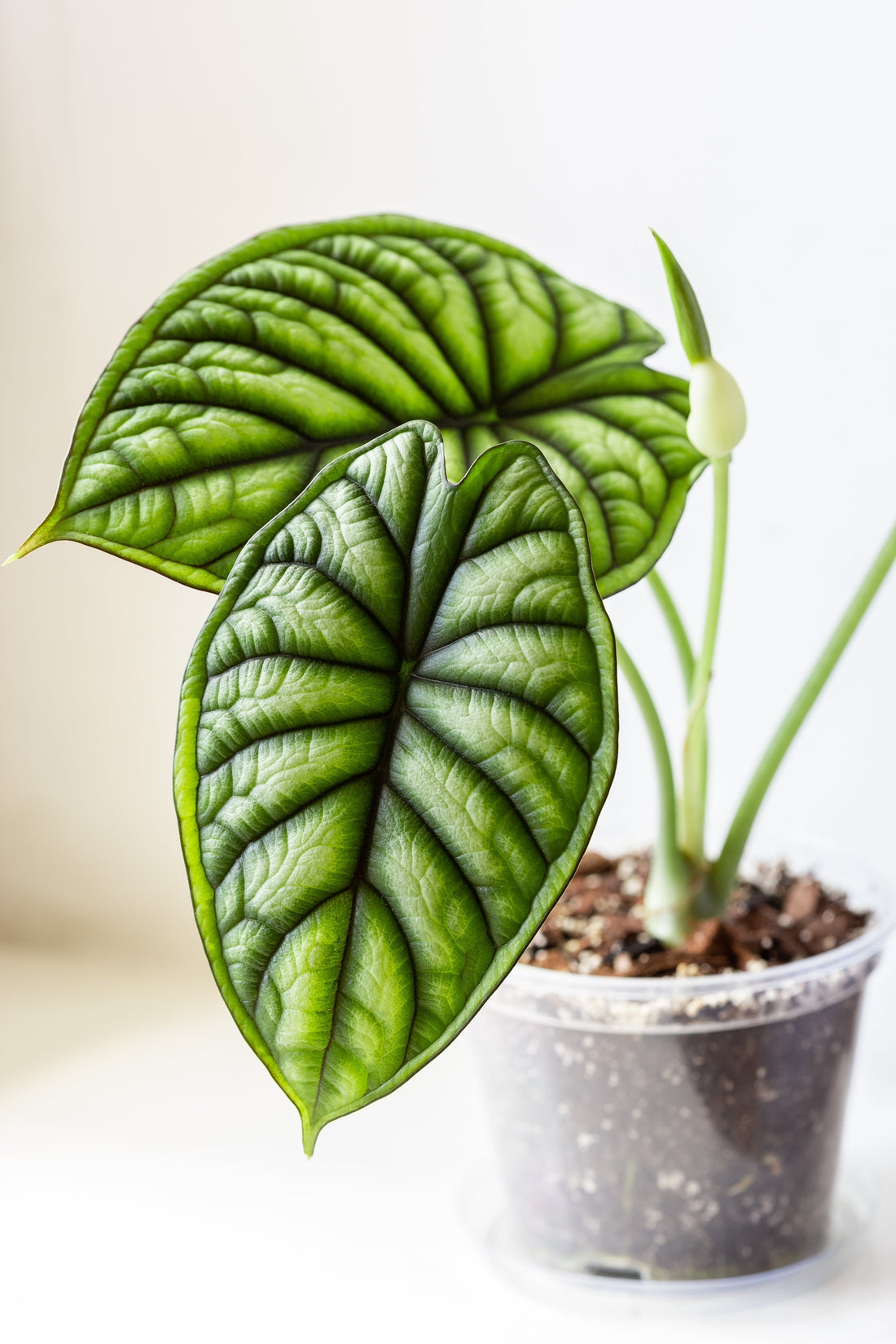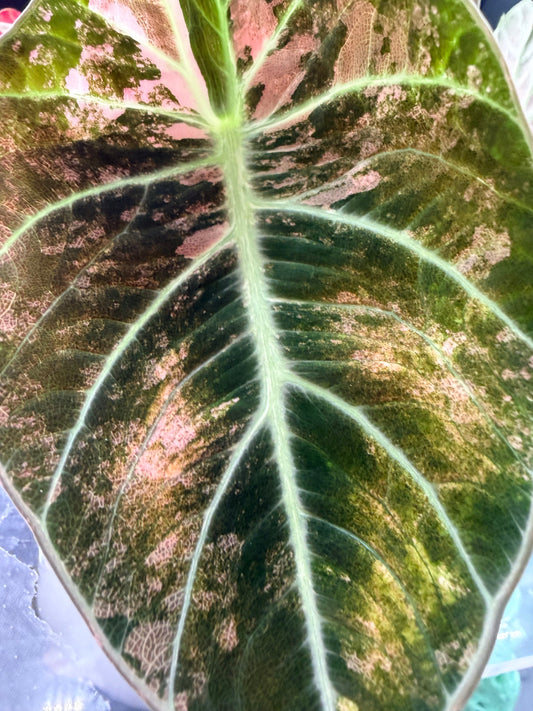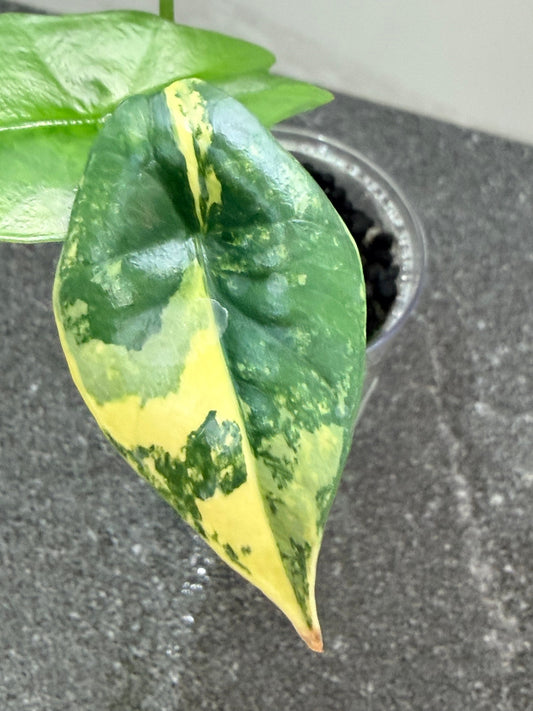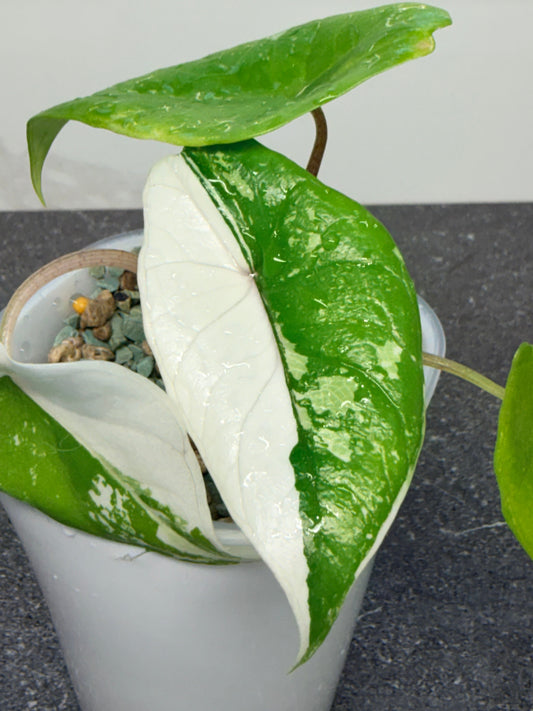
Alocasia Plant Guide: 10 Stunning Varieties You Need
Share
Alocasia Plant Guide: 10 Stunning Varieties You Need
If you’re a houseplant enthusiast or simply love adding lush greenery to your home, the alocasia plant is a must-have. Known for its bold and exotic foliage, alocasia offers an impressive range of shapes, sizes, and colours that can transform any living space into a tropical paradise. In this guide, we'll explore ten stunning alocasia varieties that you need to know about, with tips on how to care for these dramatic plants.
What is an Alocasia?
The alocasia genus is part of the Araceae family, originating from tropical and subtropical regions of Asia and Eastern Australia. These plants are prized for their striking leaves, which often resemble elephant ears, hence their common name "elephant ear plants." They thrive in warm, humid environments and prefer indirect, bright light, making them perfect for indoor gardening in the UK when cared for correctly.
Why Choose Alocasia Plants?
Adding an alocasia to your collection is about more than just aesthetic appeal. These plants purify the air, boost mood, and add a splash of greenery that feels both vibrant and luxurious. Their diverse leaf shapes and colours, ranging from deep green to almost black foliage with contrasting veins, create eye-catching focal points in any room.
Top 10 Stunning Alocasia Varieties You Need
1. Alocasia Polly (Alocasia x amazonica ‘Polly’)
One of the most popular indoor variants, Alocasia Polly showcases deep green leaves with bold white or light green veins. Its compact size makes it ideal for tabletops or shelves.
2. Alocasia Zebrina
Named for its distinctive zebra-like striped stems, this variety's arrow-shaped leaves and unique stem pattern make it a captivating conversation piece. It prefers bright, indirect light.
3. Alocasia Amazonica
Often confused with Alocasia Polly, Amazonica has similarly veined leaves but generally grows larger and more upright. It requires slightly more humidity to thrive.
4. Alocasia Macrorrhizos (Giant Taro)
If you have the space, this dramatic variety will impress with huge, glossy leaves that can grow up to 3 feet long. It is perfect for creating a tropical vibe in larger spaces or conservatories.
5. Alocasia Silver Dragon
Silver Dragon is a standout for its silvery-green leaves with dark veins that give it a metallic sheen. It is a slower grower but incredibly rewarding for collectors.
6. Alocasia Frydek (Alocasia micholitziana ‘Frydek’)
This variety features velvety, deep green leaves with sharp white veins that contrast beautifully. It's a favourite for adding texture and depth to plant displays.
7. Alocasia Cuprea
Also known as the "Mirror Plant," Cuprea sports coppery, metallic leaves that shimmer in the light. Its unusual foliage makes it a striking addition, though it can be more challenging to keep healthy.
8. Alocasia Wentii
Wentii is a relatively hardy variety with large, paddle-shaped leaves featuring a dark green hue and prominent veins. Its resilience makes it suitable for less-than-perfect indoor conditions.
9. Alocasia Sarian
This plant boasts attractive heart-shaped leaves with strong contrast between dark green and pale green veins. It tends to be more compact and manageable for indoor growers.
10. Alocasia Lauterbachiana
Lauterbachiana features long, slender leaves with a glossy surface and shimmering veins. Its upright growth pattern creates a striking architectural statement.
Alocasia Care Tips
To keep your alocasia thriving, focus on the following:
- Light: Provide bright, indirect sunlight. Direct sun can scorch the leaves.
- Watering: Keep the soil consistently moist but ensure good drainage to avoid root rot.
- Humidity: Alocasias love humidity. Mist regularly or use a humidifier, especially in drier UK homes.
- Temperature: Maintain between 18-25°C. Avoid cold drafts or sudden temperature drops.
- Feeding: Feed with a balanced liquid fertiliser during the growing season (spring and summer).
- Repotting: Repot every year or two to refresh soil and accommodate growth.
Troubleshooting Common Issues
Yellowing leaves may indicate overwatering or insufficient light. Brown leaf edges could signal low humidity or underwatering. Regularly check for pests like spider mites or aphids and treat promptly.
Final Thoughts
The alocasia plant is truly a houseplant treasure, with its striking foliage and tropical aesthetic offering something special for every plant lover. Among the stunning varieties showcased, there is an alocasia perfect for any indoor environment—whether you’re limited on space or want a dramatic statement piece. By following simple care guidelines and choosing the right cultivar, your alocasia will flourish, bringing beauty and greenery to your home all year round. If you’re ready to elevate your indoor garden, these ten stunning alocasia varieties are a fantastic place to start.
View our full collection of Alocasia Plants for sale




